Vietnam’s street food scene isn’t just about the food itself—it’s about the entire experience of eating where locals eat, sitting on tiny plastic stools, and discovering flavors that have been passed down through generations. Every Vietnamese city has its own street food personality, from the bustling corners of Ho Chi Minh City to the quiet alleys of smaller towns where vendors have been serving the same recipes for decades.
The real magic happens when you venture beyond the tourist restaurants and find yourself at a roadside stall where the cook barely speaks English but somehow knows exactly what you need. Here’s a list of 16 Vietnamese cities where the street food culture thrives and locals gather to eat their favorite dishes.
Ho Chi Minh City

The street food capital of Vietnam operates on a completely different level than anywhere else in the country. Vendors set up shop on every corner, turning sidewalks into impromptu dining rooms where office workers, students, and families gather for everything from pho to banh mi.
The city never really sleeps, which means you can find hot food at almost any hour of the day or night. Districts like District 1 and District 3 offer the most variety, but the real gems are often tucked away in residential neighborhoods where locals have been eating at the same stalls for years.
Hanoi

Northern Vietnam’s capital approaches street food with a different rhythm than its southern counterpart. The old quarter becomes a maze of narrow alleys filled with the aroma of bun cha, pho, and egg coffee wafting from tiny establishments.
Locals often sit on miniature stools that seem designed for children but somehow accommodate adults perfectly fine. The food here reflects the cooler climate and French colonial influence, with heartier broths and more subtle flavors that warm you from the inside out.
Like Travel Pug’s content? Follow us on MSN.
Da Nang
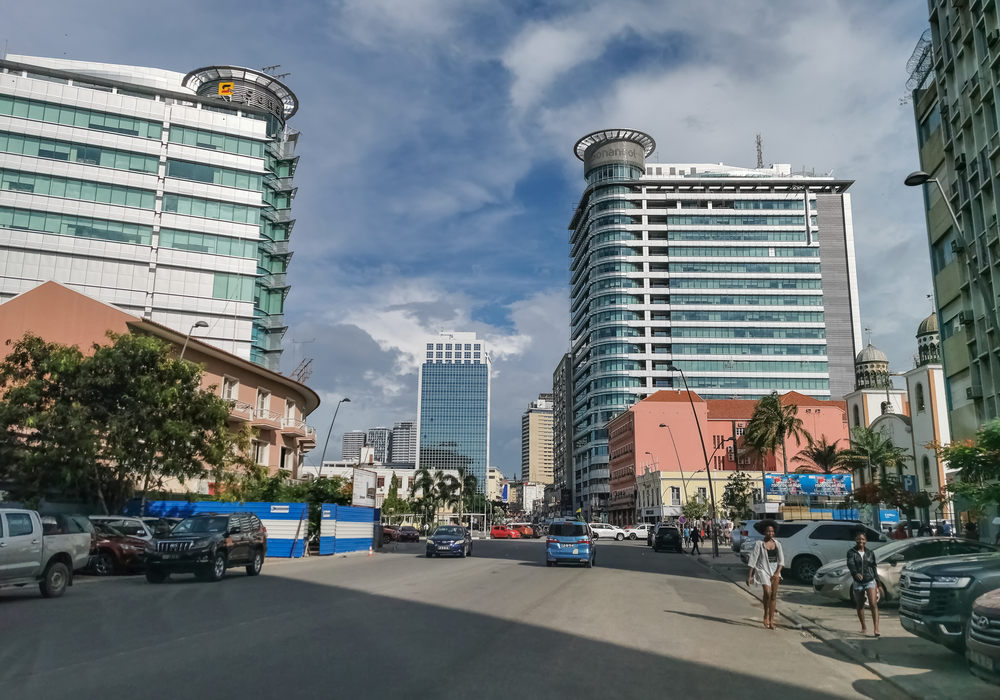
This coastal city combines the best of both northern and southern Vietnamese cuisine while adding its own seaside twist. Local fishermen bring in fresh catches daily, which end up in street-side grills and noodle soups that taste like the ocean itself.
The city’s famous bánh xèo (Vietnamese crêpes) are massive compared to other regions, and the night markets come alive with vendors selling everything from grilled squid to tropical fruit smoothies. Da Nang locals have a particular fondness for late-night eating, so don’t be surprised to find busy food stalls well past midnight.
Hội An

Despite its reputation as a tourist destination, Hội An maintains authentic street food traditions that locals fiercely protect. The ancient town’s lantern-lit streets hide family-run stalls that have been serving the same recipes for generations.
Cao lau, a noodle dish that can supposedly only be made with water from specific wells in Hội An, represents the kind of local pride that keeps street food culture alive. The best spots are often the least obvious ones, where elderly vendors speak only Vietnamese and the menu exists solely in their heads.
Hue
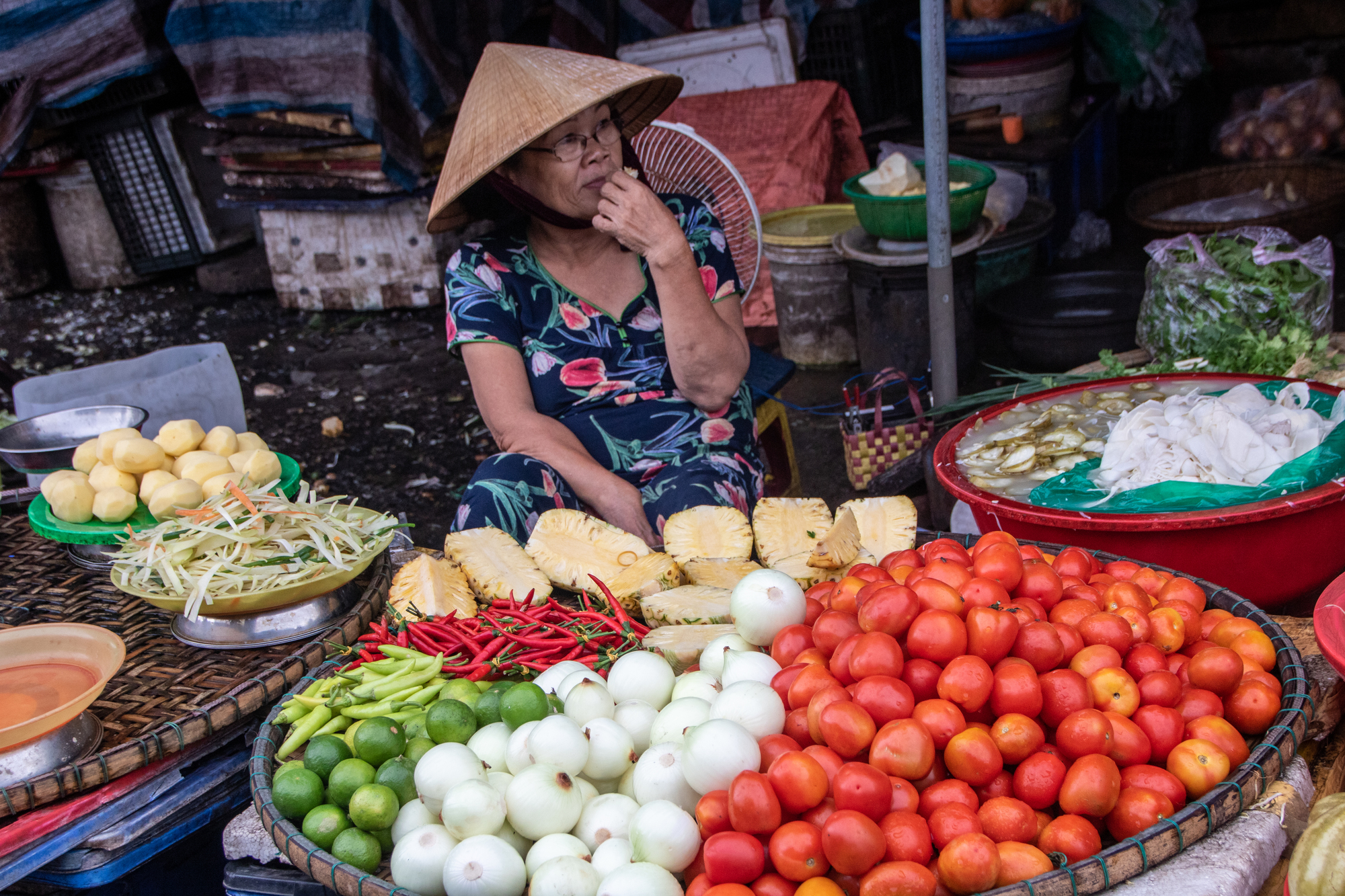
The former imperial capital treats street food with the same reverence it once reserved for royal cuisine. Local vendors have perfected dishes that reflect the city’s sophisticated palate, with complex spice blends and presentation that borders on artistic.
Bun bo Hue, the city’s signature spicy noodle soup, varies dramatically from stall to stall, and locals will argue passionately about which vendor makes it best. The Perfume River area becomes particularly lively in the evenings when food boats dock and floating restaurants serve fresh river fish prepared right on the water.
Like Travel Pug’s content? Follow us on MSN.
Can Tho
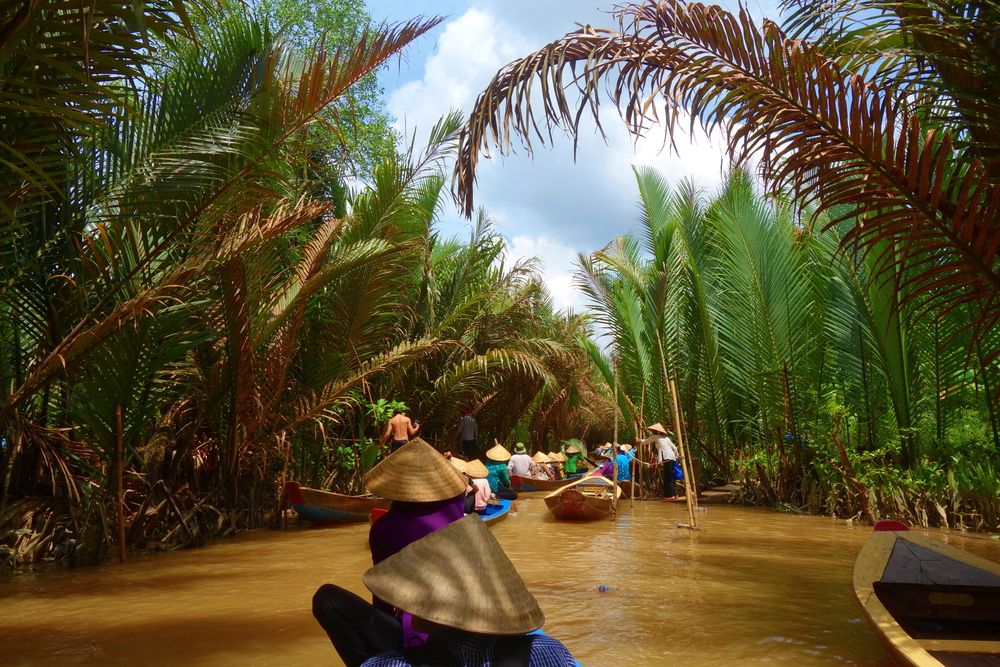
The heart of the Mekong Delta region offers street food that celebrates the abundance of the surrounding farmland and rivers. Floating markets provide the freshest ingredients, which end up in stalls throughout the city within hours of being harvested. The local specialty, banh cong (shrimp pancakes), showcases the area’s famous freshwater shrimp in a way that’s both simple and incredibly satisfying.
Can Tho’s street food scene operates on ‘river time,’ meaning things happen when they happen, but the wait is always worth it.
Nha Trang

This beach resort city has managed to maintain its local food culture despite heavy tourism development. The seafood street food here is exceptional, with vendors grilling fresh fish, squid, and shellfish right on the beach while you watch the waves. Local favorites include nem nuong (grilled pork rolls) and bánh can (mini rice pancakes), dishes that pair perfectly with the coastal lifestyle.
The night market stretches along the beachfront, creating a unique dining experience where you can eat with your toes in the sand.
Vung Tau
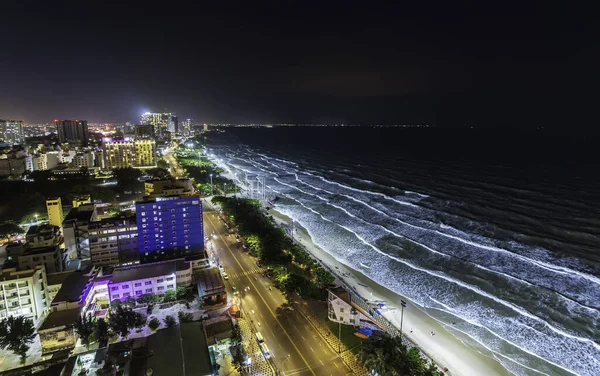
Just a few hours from Ho Chi Minh City, this coastal town offers a more relaxed approach to street food without sacrificing quality or authenticity. Local fishing boats return each morning with catches that appear on street-side grills by lunchtime.
The town’s famous bánh khot (mini pancakes) are served with fresh herbs and dipping sauce that locals swear tastes better here than anywhere else. Vung Tau’s food scene reflects its dual identity as both a weekend getaway for city dwellers and a working fishing port.
Like Travel Pug’s content? Follow us on MSN.
Dalat

The mountain city’s cooler climate creates a unique street food environment that’s unlike anywhere else in Vietnam. Local vendors specialize in hearty soups and grilled meats that provide warmth during chilly evenings. The city’s famous strawberries and other temperate fruits appear in both sweet and savory street foods, creating flavor combinations you won’t find in tropical regions.
Dalat’s central market becomes the hub of street food activity, especially during the evening hours when the mountain air carries the aromas of grilling food throughout the city.
Quy Nhon

This central coast city remains largely undiscovered by international tourists, which means its street food scene stays authentically local. Fishermen’s families run many of the food stalls, serving dishes that have been in their families for generations.
The local specialty, bánh ít, reflects the area’s agricultural abundance with ingredients sourced from nearby farms and waters. Quy Nhon’s street food culture operates on a schedule that follows the fishing boats and farming cycles, creating a rhythm that feels completely natural and unhurried.
Phan Thiet
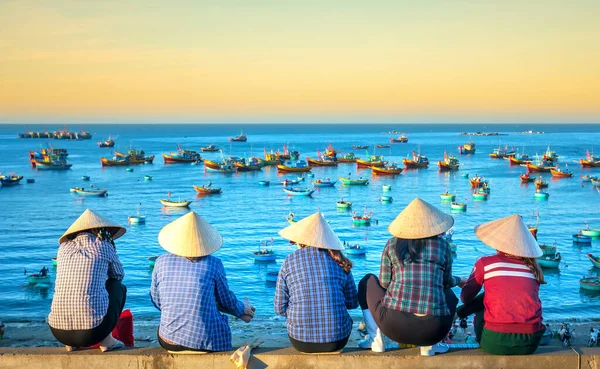
Famous for its fish sauce production, this coastal city naturally excels at seafood street food with flavors that are both bold and refined. Local vendors have access to some of the country’s best fish sauce, which elevates even simple dishes to extraordinary levels.
The town’s dragon fruit farms provide sweet, refreshing desserts that perfectly balance the salty, umami-rich main courses. Phan Thiet’s street food scene peaks during the dry season when outdoor dining becomes most comfortable and the seafood is at its freshest.
Like Travel Pug’s content? Follow us on MSN.
Vinh Long

Located in the heart of the Mekong Delta, this river town offers street food that celebrates the region’s incredible agricultural diversity. Local vendors source ingredients from the floating markets and nearby farms, creating dishes that taste like concentrated versions of the delta’s bounty. The town’s signature dish, hu tieu My Tho (a noodle soup with pork and seafood), varies from stall to stall but always showcases the quality of local ingredients.
Vinh Long’s food culture revolves around the river’s rhythm, with the best eating happening when the boats return with fresh catches and produce.
Chau Doc
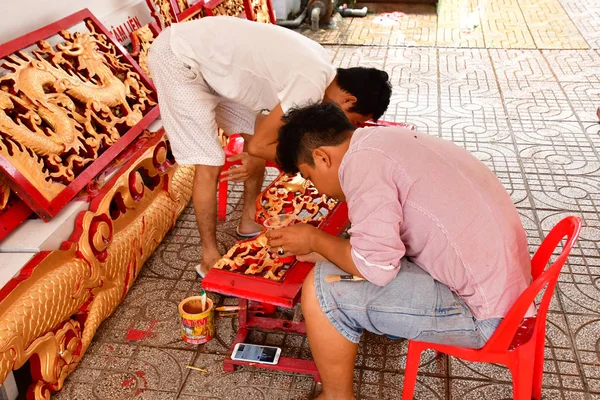
This border town near Cambodia offers a fascinating blend of Vietnamese, Khmer, and Cham culinary traditions reflected in its street food. Local vendors prepare dishes that you won’t find anywhere else in Vietnam, using spice combinations and cooking techniques that reflect the area’s cultural diversity.
The floating restaurants on the Mekong River serve some of the region’s best fish dishes, prepared using methods passed down through generations of river communities. Chau Doc’s street food scene operates with a laid-back border town mentality where meals are meant to be enjoyed slowly and conversations are just as important as the food.
Mui Ne

This former fishing village turned resort destination has managed to preserve its authentic street food culture alongside its tourism development. Early morning fish markets supply the ingredients for beachside grills that operate throughout the day and into the evening.
The local specialty, bánh can (Vietnamese mini pancakes), is served with fresh seafood and herbs that grow in the sandy coastal soil. Mui Ne’s street food culture reflects its dual identity, serving both locals who have lived here for generations and visitors who appreciate authentic flavors.
Like Travel Pug’s content? Follow us on MSN.
Ben Tre

Known as the ‘coconut capital’ of Vietnam, this Mekong Delta city incorporates coconut into street food in ways that range from subtle to spectacular. Local vendors use coconut milk, coconut water, and even coconut husks in their cooking, creating flavors that are distinctly tropical yet still unmistakably Vietnamese.
The town’s floating markets provide the freshest ingredients, which appear in street stalls within hours of being harvested. Ben Tre’s food culture moves at the pace of river life, where meals are leisurely affairs and the quality of ingredients matters more than speed of service.
Long Xuyen

This river city in An Giang Province offers street food that reflects the agricultural richness of the upper Mekong Delta region. Local vendors specialize in dishes that showcase the area’s famous rice varieties and freshwater fish, creating combinations that are both comforting and sophisticated.
The city’s night market becomes a gathering place for locals who appreciate traditional flavors prepared using time-tested methods. Long Xuyen’s street food scene operates with a sense of community pride, where vendors know their regular customers by name and meals often include conversations about family, farming, and local happenings.
Where Tradition Meets Tomorrow
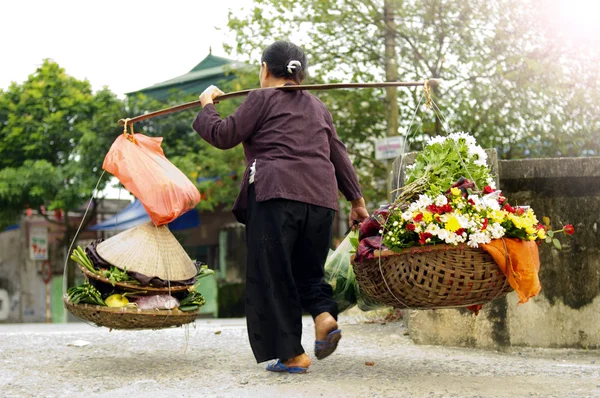
Vietnamese street food culture continues to thrive in these cities because it represents more than just convenient dining—it’s a social institution that connects people to their communities and their culinary heritage. While modern restaurants and international chains expand throughout Vietnam, these local food scenes remain stubbornly authentic, serving as gathering places where recipes, stories, and traditions pass from one generation to the next.
The vendors who wake up before dawn to prepare their ingredients and the locals who return to the same stalls week after week understand that street food represents the true taste of Vietnam. In a rapidly changing country, these 16 cities prove that some things are too valuable to lose to modernization.
Like Travel Pug’s content? Follow us on MSN.
More from Travel Pug

- 20 Best Beach Towns in the Carolinas
- 13 Destinations Where Tourists Regularly Regret Their Trip
- 20 Things You Actually Get in First Class
- 20 Small Airports With Aviation Museums
- 20 Places in the U.S. That Are Perfect for a Reset Trip
Like Travel Pug’s content? Follow us on MSN.
